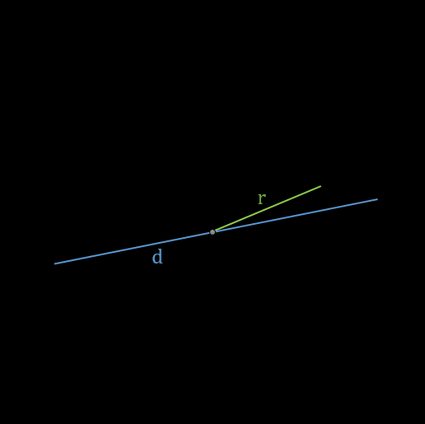Sphere Calc: find V, A, d
The sphere calc is an advanced tool that finds a sphere's volume, area, and diameter. Enter one of your selected quantities to calculate other parameters, or read the article below to learn about all the equations we have used. The notation is as follows:

- r - radius of a sphere,
- V - volume of a sphere (sphere calc: find V),
- A - area of a sphere (sphere calc: find A),
- d - diameter of a sphere (sphere calc: find d),
- A / V - surface-to-volume ratio of a sphere.
A sphere is a set of points in three-dimensional space at the same distance from a given point, called the center. You should also check out our spherical coordinates calculator and see how you can use a sphere to describe the position of any given point in a 3D space.
Sphere calc: find V
The volume of a sphere V is the space enclosed by a sphere, for example, the space that a substance (solid, liquid, or gas) can occupy. Its value is expressed in cubic units of length, e.g., cubic meters m³ or cubic feet cu ft. Try our volume conversion to learn how to convert between different volume units. The volume of a sphere can be found with the following equations:
- With given radius:
V = 4/3 × π × r³, - With given diameter:
V = 1/6 × π × d³, - With given area:
V = √(A³ / (36 × π)).
Try our equation of a sphere calculator to learn how to calculate the volume of a sphere from its equation.
Sphere calc: find A
The surface area of a sphere A is a measure of the total area that the surface of a sphere occupies. Its value is expressed in squared units of length, e.g., square meters m² or square feet ft². The surface area of a sphere can be found with the following equations:
- With given radius:
A = 4 × π × r², - With given diameter:
A = π × d², - With given volume:
A = ³√(36 × π × V²).
Sphere calc: find d
The diameter of a sphere d is the longest straight line through a sphere, connecting two points of a sphere and passing through its center. The diameter is twice the radius. Diameter, just like radius, is expressed in units of length, e.g., meters m or feet ft. We can find the diameter of a sphere using the following equations:
- With given radius:
d = 2 × r; - With given diameter:
d = √(A / π); and - With given volume:
d = ³√(6 × V / π).
Surface to volume ratio
The interesting fact is that the sphere encloses the largest volume among all other closed surfaces with a given surface area. In other words, the surface-to-volume ratio A / V of a sphere is relatively high compared to other figures. You can easily find an explicit formula for the surface-to-volume ratio, knowing that the area is A = 4 × π × r² and the volume is V = 4/3 × π × r³:
A / V = (4 × π × r²)/(4/3 × π × r³) = 3 / r
or, if we know that the radius is half of the diameter r = d / 2, then
A / V = 6 / d
You can estimate this quantity with our sphere calc too!
A sphere is widely used in physics to model different objects, like spherical capacitors or atoms of a gas. We have dedicated calculators for both topics: visit spherical capacitor calculator and van der Waals equation calculator to learn more!
